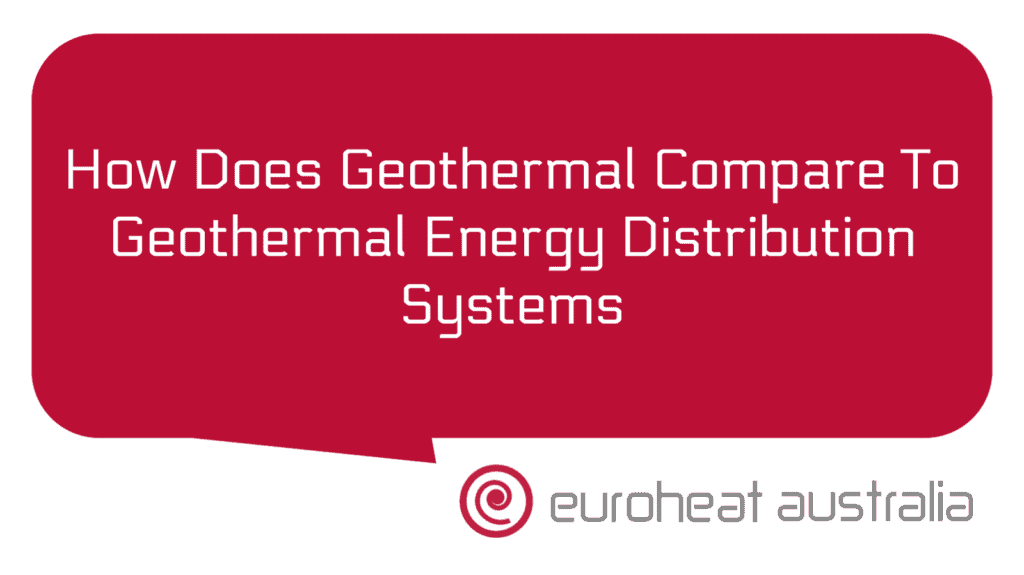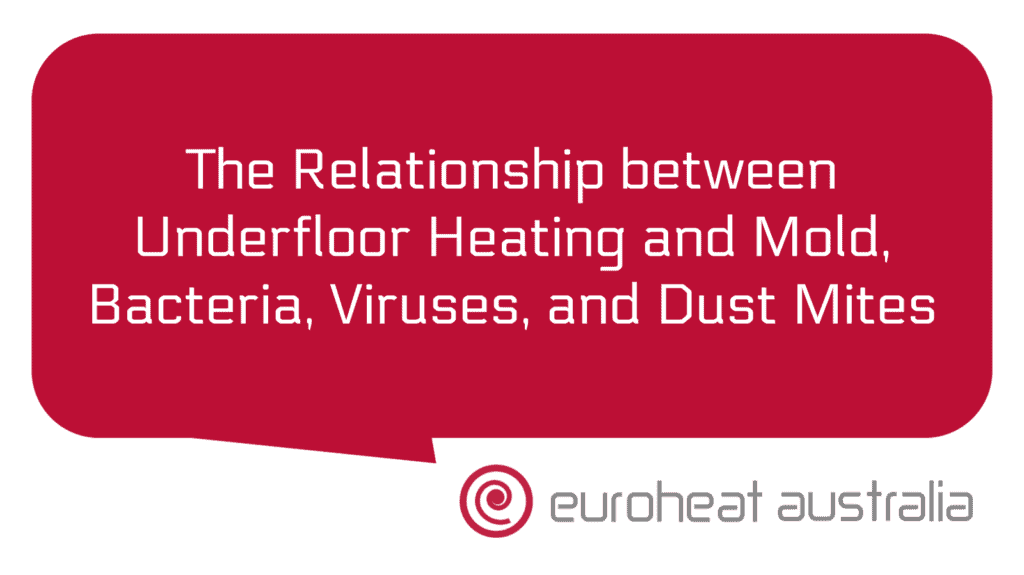When it comes to heating your hot water, there are a variety of waste heat sources that you can use. These include solar energy, geothermal energy and even energy generated from burning waste materials. The benefits of using one of these waste heat sources for your hot water is that you can reduce your dependence on electricity or gas and save money on your bills. However, it can be difficult to know which type of waste heat source is best suited to your home and how to install it correctly so that it works efficiently.
Solar energy is one of the most popular types of waste heat sources used to heat hot water. Solar panels absorb the sun’s radiation and convert it to electricity, which can then be used to power a hot water system. Solar panels are relatively easy to install, but will require regular maintenance in order to keep them working at their best. The cost of installing solar panels can vary depending on the size and type of panel you choose, but the savings in energy bills over time can be considerable.
Geothermal energy is another great option for heating hot water in a more sustainable way. This involves using the natural heat from the earth’s core to power a hot water system. Geothermal systems require more complex installation than solar panels but they also have much higher efficiency levels, meaning they will save you more money in the long run. Geothermal systems are also very reliable and require little maintenance once installed correctly.
The third type of waste heat source that can be used for hot water heating is energy generated from burning waste materials such as wood or paper pellets. These materials are burned in an efficient furnace, releasing thermal energy which can then be used for heating purposes. Burning these materials will reduce landfill waste as well as providing an efficient source of energy for your home without having any adverse environmental effects if done properly.
If you’re looking for an even more efficient way to make use of available resources when heating your hot water then why not consider installing a heat recovery system? This type of system uses existing warm air from inside the house and redirects this towards a boiler or other heating system in order to warm up cold air coming into the house from outside, providing both heat and cooling capabilities at once! Installing this type of system can provide significant savings on both energy costs and carbon emissions over time due to its high efficiency levels when compared with traditional systems like boilers or electric radiators. For those looking for experienced engineers & installers who specialise in hydronic heating & cooling systems with 30 years experience then Euroheat Australia may be worth considering – they offer design & construction services across Perth & WA which could save you time and money while still delivering excellent results!





